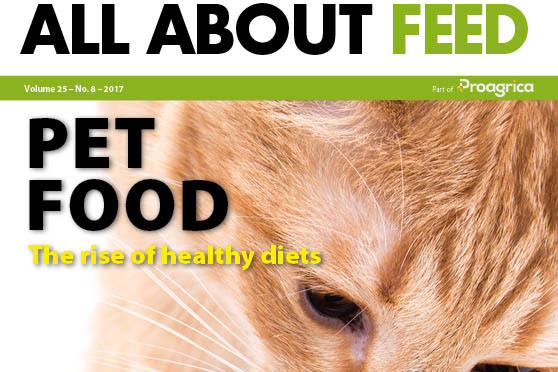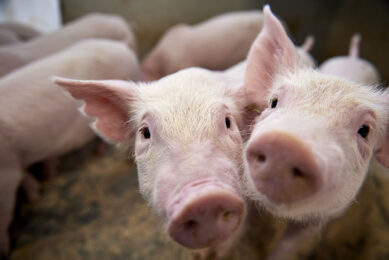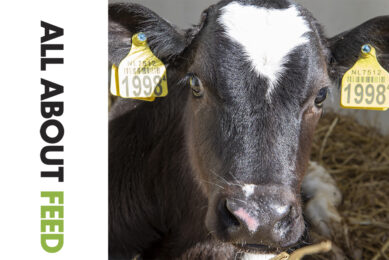October issue: All About Feed now available online

The October issue of All About Feed can now be read in our digital magazine section. This month we focus on the impact of nutrition on feathering, the use of functional ingredients and pet food and the need for accurate mixing and dosing in the feed mill.
Effect nutrition on feathers
Poor feathering is a common problem in commercial poultry production and has been linked to farm performance and birds’ welfare. Poorly feathered skin areas refract more metabolic heat, resulting in increased requirement for maintenance energy, increased feed intake and feed cost, poor performance and reduced farm income. Birds with fewer feathers tend to have more tissue wear and tear resulting in higher condemnation at the processing plant. In the article by Dinesh Kumar, he addresses optimal nutrition and management, important to maintain good plumage in poultry birds
Functional pet food ingredients
Many studies have been done in the field of functional foods for cats and dogs. However, the ultimate success of functional pet foods will depend on delivering bioactive components in a predictable, safe and functional manner to effectively reduce the risk of disease and support the domestic animal’s body, explains Dr Alessandro Di Cerbo from the University G. d’Annunzio of Chieti-Pescara in Italy. Future basic and applied nutritional research should further explore the role and mechanism of functional foods in dogs and cats. At the same time, consumers may need more information regarding the effects of the functional ingredients. Read more about this pet food trend on page 8 of this issue.

Homogeneity is key in the feed mill
Dosing accuracy has become an important topic because of the need to comply with today’s high quality standards in feed production. Dosing influences the homogeneity of the mix which in turn determines quality parameters of the feed. The degree of homogeneity that can be achieved with liquid and solid additives depends partly on the absolute amount dosed. The smaller this amount is, the more performance is required from the mixer. Detlef Bunzel from Evonik Nutrition & Care explains more in his article on page 26 of this issue.

More articles in this issue are:
• How to use the phytase matrix values?
• Positive results of new boar feed
• EU subsidies vital for Finnish crop farm
• Gelatine: Potential to improve kibbles
• Interview: Jefo: From start-up to multinational
• Molds in feed: Know how to prevent them
• Probiotic yeast for optimal rumen balance
To read all the articles in this issue, go to the magazine overview page and sign up with your current website login.











